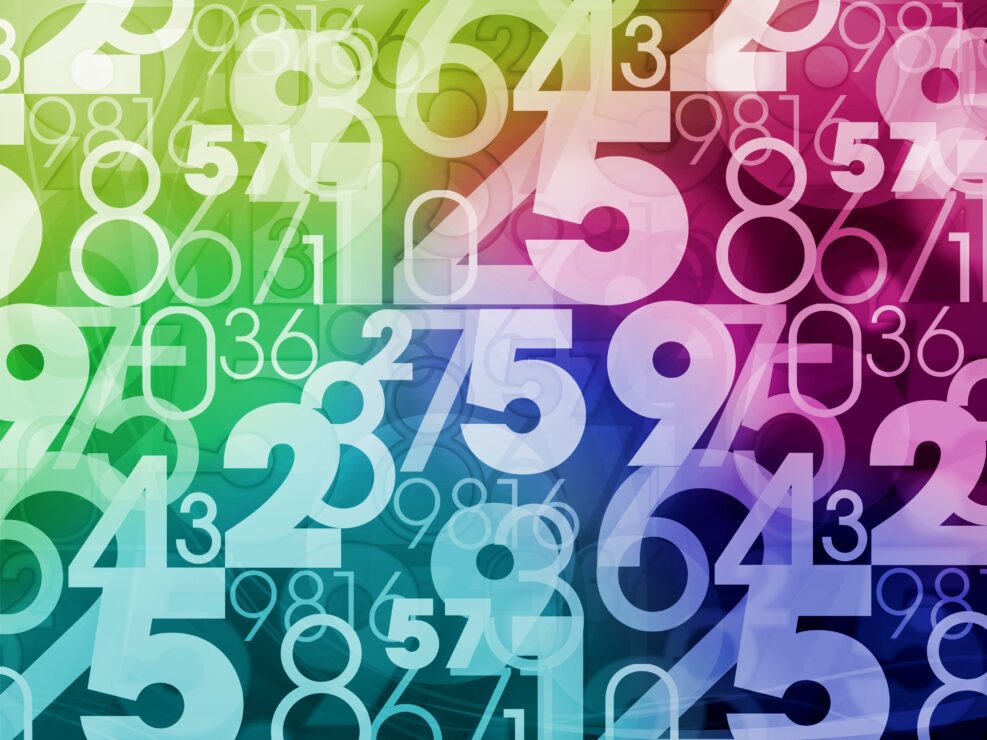
Getting To Know the Unknowable Number (More or Less)
Only an infinite mind could calculate each bitIn this week’s podcast, “The Chaitin Interview IV: Knowability and Unknowability,” Walter Bradley Center director Robert J. Marks interviewed mathematician Gregory Chaitin on his discovery of the “unknowable number.” How can a number that is unknowable exist? Some numbers go on indefinitely (.999999999… ) but we can describe them accurately even if they don’t seem to come to an end anywhere. Some numbers, like pi (π), are irrational — pi goes on and on but its digits form no pattern. However, what does it mean to say that a number exists if it is unknowable? How do we even know it exists? That’s the topic of this series, based on the fourth podcast between Dr. Marks and Gregory Chaitin. Note: Read More ›

